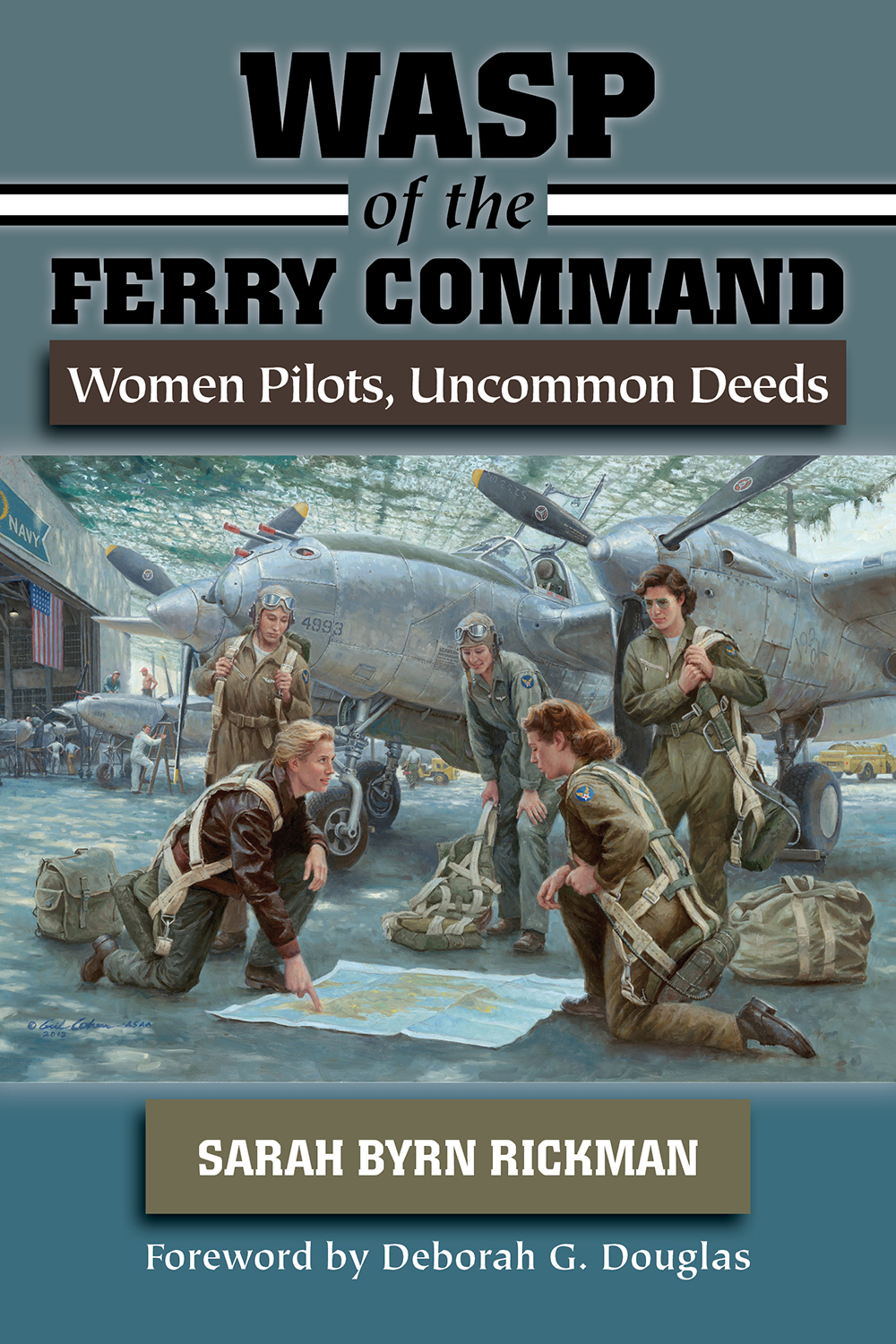What do you think?
Rate this book


464 pages, Hardcover
Published March 11, 2016
They found their niche with the Ferrying Division of the Air Transport Command in the Army Air Force. Three hundred and three women ferried military aircraft around the country from October, 1942, through December, 1944. Over eleven hundred women joined the WASP (Women Airforce Service Pilots), but they performed other tasks such as towing targets and serving as test pilots.
WASP of the Ferry Command: Women Pilots, Uncommon Deeds by Sarah Byrn Rickman concentrates on those women in the Ferry Command.
The ATC was favorable to women. They wanted the women to be commissioned in the Armed Forces, and handle them the same as the men.
Nancy Harkness Love began leading a group of experienced women pilots to ferry training aircraft from factories to flight schools. Jacqueline Cochran advocated a flight training school for women, which began in November, 1942.
Much has been made of the battle of egos between Love and Cochran. In WASP of the Ferry Command, Cochran comes across as a prima donna. She wanted the limelight and sole credit for the school and women’s achievements. Several of the women blamed her for the WASP’s demise in December, 1944.
Returning combat pilots could fill the service pilot jobs performed by WASPs. The Ferrying Division wanted to keep the women to ferry pursuit planes, which were crucial to the war in Europe. Men had to fly the heavy bombers and cargo planes overseas, where the women were not allowed to go. After December 20, 1944, dozens of badly needed pursuit fighters sat on airfields with no one to deliver them.
WASP of the Ferry Command has some tedious reading. I bogged down on lists of women graduating from which class and going where to do what. The chronology always didn’t flow seamlessly. Chapters jumped back and forth.
This book is filled with stories of the women’s experiences that are fascinating. The women’s accomplishments were unique for their time.